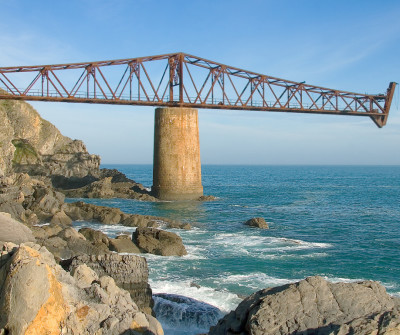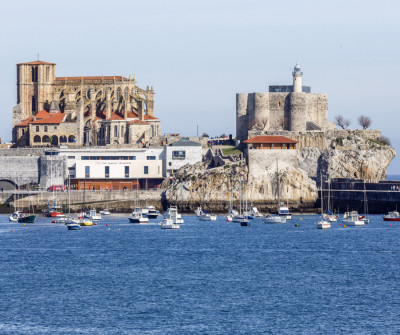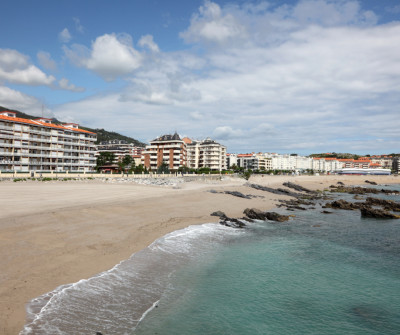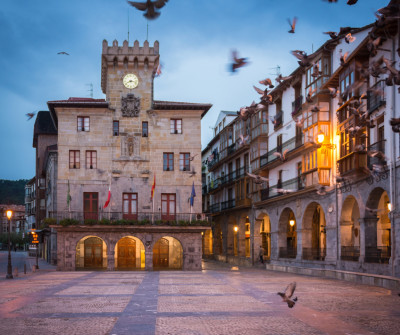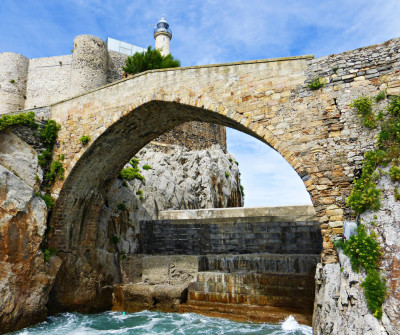Following the Avenida Carlos VII, you leave Portugalete through the road to Ortuella, the first 10 kilometres are known as “Bidegorri”, which means the red path, and where cyclists have the right of way. It has rest areas. After leaving Nocedo and Gallarta behind, the path ends at La Arena, the beach of Zierbena.
READ MOREYou have to cross the footbridge over the River Barbadún and leave Pobeña to walk on a wonderful rail trail by the sea, a remnant of Biscaia’s mining past. Euskadi bids farewell to pilgrims here and Cantabria welcomes them at Ontón.
From here you can take two different routes to Castro Urdiales. The modern route follows the road N-634, which is not very busy, for 8 and a half kilometres. You should not take any detours. You can find places to eat on the way. This option is very popular since the autovía A-6 diverted most of the traffic from this road.
The original Camino entails walking twice the distance; it is almost 16 kilometres through Baltezana, Otañes and Santullán. It avoids the main road though it still continues on a tar road.
The fishing village of Casto Urdiales has a lot of history. It was a Roman settlement and already in the Middle Ages it was one of the most important harbours of the Bay of Biscay. Today tourism is the town’s main activity.
Tips from our postmen and women
What to do and see in Castro Urdiales?

“In Castro Urdiales, you must come close to the pier and go for a walk enjoying the restaurant terraces and monuments. Very close to this area there are some picturesque streets with old taverns where poteo and delicious pinchos are in order. You can also take a walk along the cliffs near the cemetery”.


 Filter
Filter